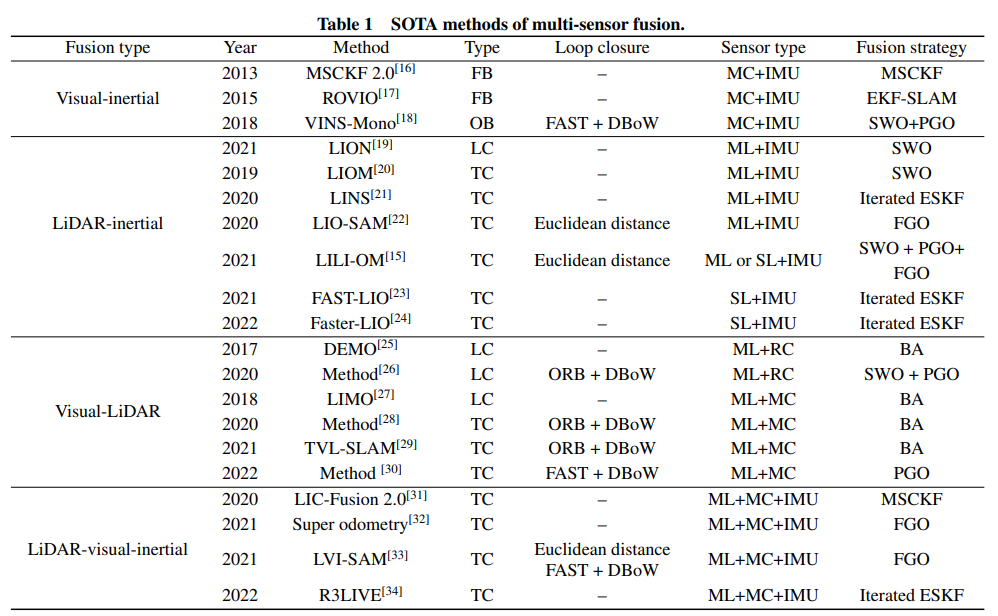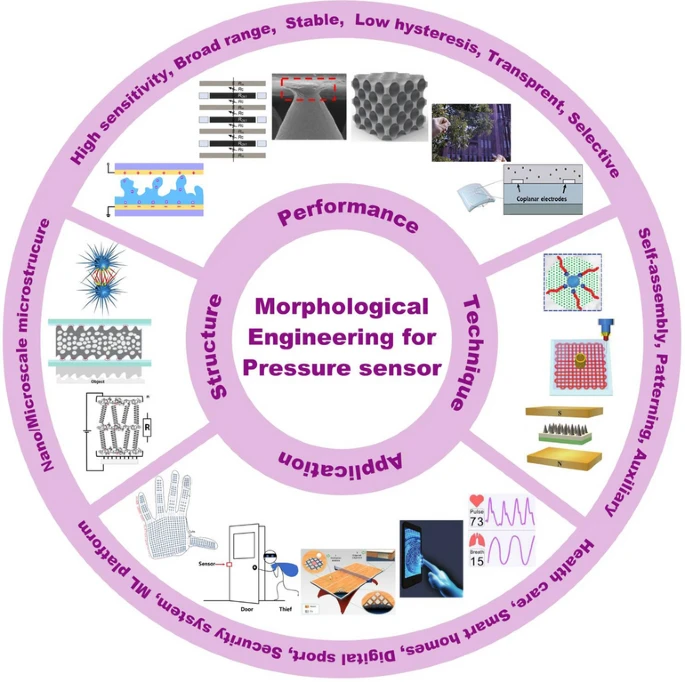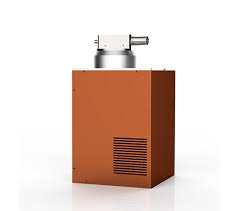Designing solutions with active pixel array CMOS digital image sensors requires evaluating numerous specifications, such as resolution, optical format, shutter type, maximum frame rate, dynamic range, signal-to-noise ratio (SNR), and pixel structure. Additional considerations include power consumption, interface, package type, on-chip high dynamic range (HDR) processing, and regions of interest (ROI). The optimal choice is not always straightforward.
A critical factor in selecting a sensor is its intended application. Some applications demand high resolution for capturing static objects, while others require detecting fast-moving objects with a "freeze-frame" effect. Power consumption is another key consideration. In fixed installations, power usage may be less critical, but in portable, battery-powered applications, energy efficiency is paramount. The application¡¯s speed¡ªspecifically, the speed of moving objects¡ªoften determines the required shutter type. In digital image sensors, the two primary options are rolling shutter and global shutter.
Image Sensor Considerations
Rolling Shutter
Digital image sensors consist of pixel arrays arranged in rows. In rolling shutter sensors, each row is exposed sequentially from the top to the bottom of the array, with a slight time difference (approximately 10 microseconds) between adjacent rows, known as row time.
In contrast, global shutter sensors expose all pixels simultaneously, requiring pixels with storage nodes to hold charges during the readout process. Each shutter type has its advantages and drawbacks.
Rolling shutter sensors are more cost-effective and easier to implement. However, their sequential exposure can cause spatial distortion when capturing fast-moving objects, as well as artifacts from varying lighting conditions across the array. This makes them less suitable for dynamic scenes but ideal for static, high-resolution applications. Global shutter sensors, on the other hand, include storage nodes that are susceptible to stray light, potentially increasing noise and limiting pixel size.
Global Shutter
Global shutter sensors excel in applications where rolling shutters struggle, such as capturing fast-moving objects, particularly those with high angular velocity. They are well-suited for augmented vision (AV), virtual reality (VR), machine vision (MV), and environments with high vibration, such as barcode scanners and robotic systems.
Additional benefits of global shutters include their ability to synchronize with other global shutters or light sources (e.g., flash) due to simultaneous exposure. They also simplify automatic exposure control by eliminating issues related to inconsistent lighting.
Global Shutter Performance Considerations
Evaluating global shutter performance involves analyzing application-oriented and performance-oriented metrics. Application-oriented metrics help select sensors within a product family for specific use cases, while performance-oriented metrics enable comparisons across manufacturers.
Key application-oriented metrics include:
- Resolution
- Optical format
- Global shutter efficiency (GSE)
- Frame rate
- Power consumption
The priority of these metrics varies by application. For example, a high-resolution application may require 2 megapixels (MP) and a 1/2.8-inch optical format, while a low-resolution application might need only VGA resolution and a 1/8-inch optical format.
Frame Rate
Frame rate, measured in frames per second (fps), indicates the number of images a sensor can capture per second. Higher frame rates are essential for imaging fast-moving objects to prevent blur.
Global Shutter Efficiency (GSE)
GSE measures a sensor¡¯s ability to suppress stray light, typically specified at a particular wavelength and aperture setting (f/stop). Higher GSE values indicate better performance.
Energy Efficiency
Low power consumption is critical for consumer applications, such as augmented reality (AR), virtual reality (VR), and mixed reality (MR) headsets, as well as industrial battery-powered devices like autonomous mobile robots (AMR) and handheld barcode scanners. Enhancing energy efficiency extends device operating time, reducing charging frequency and improving user experience.
Signal-to-Noise Ratio (SNR)
SNR, measured in decibels (dB), quantifies a sensor¡¯s performance in low-light conditions. A higher SNR indicates better performance, reflecting the sensor¡¯s linear full well (LFW), or the number of photons a pixel can capture.
Dynamic Range
Dynamic range, also measured in dB, represents the ratio of the maximum measurable signal to the minimum (noise floor). It indicates a sensor¡¯s ability to handle varying signal intensities within the same scene. Higher values are preferable, especially in scenarios like tunnels, where dark interiors contrast with bright exteriors.
Sensor Features
Certain applications require specific sensor features to enable specialized functions or capabilities. Not all global shutter sensors support these features, and application requirements dictate which are necessary.
Synchronized Sensors
The simultaneous exposure of global shutter sensors allows precise synchronization with other sensors or events, such as flash lighting or multiple cameras for stereoscopic or wide-angle imaging.
Embedded Automatic Exposure
Embedded automatic exposure enables sensors to adjust gain and exposure based on lighting conditions, providing faster, real-time responses compared to host-controlled systems. This is essential for high-speed applications.
Scene Switching
Scene switching allows sensors to rapidly adjust settings like resolution, gain, exposure, and frame rate to adapt to different imaging scenarios, with configurations stored for dynamic changes via a single register setting.
Programmable Regions of Interest (ROI)
ROIs enable sensors to focus on specific pixel regions, filtering out irrelevant areas to optimize data transfer and processing for real-time computer vision applications.
Conclusion
Combining application-oriented metrics, performance-oriented metrics, and specific features allows designers to select global shutter sensors that meet the demands of high-speed applications, ensuring compatibility with the intended use case.
 ALLPCB
ALLPCB






